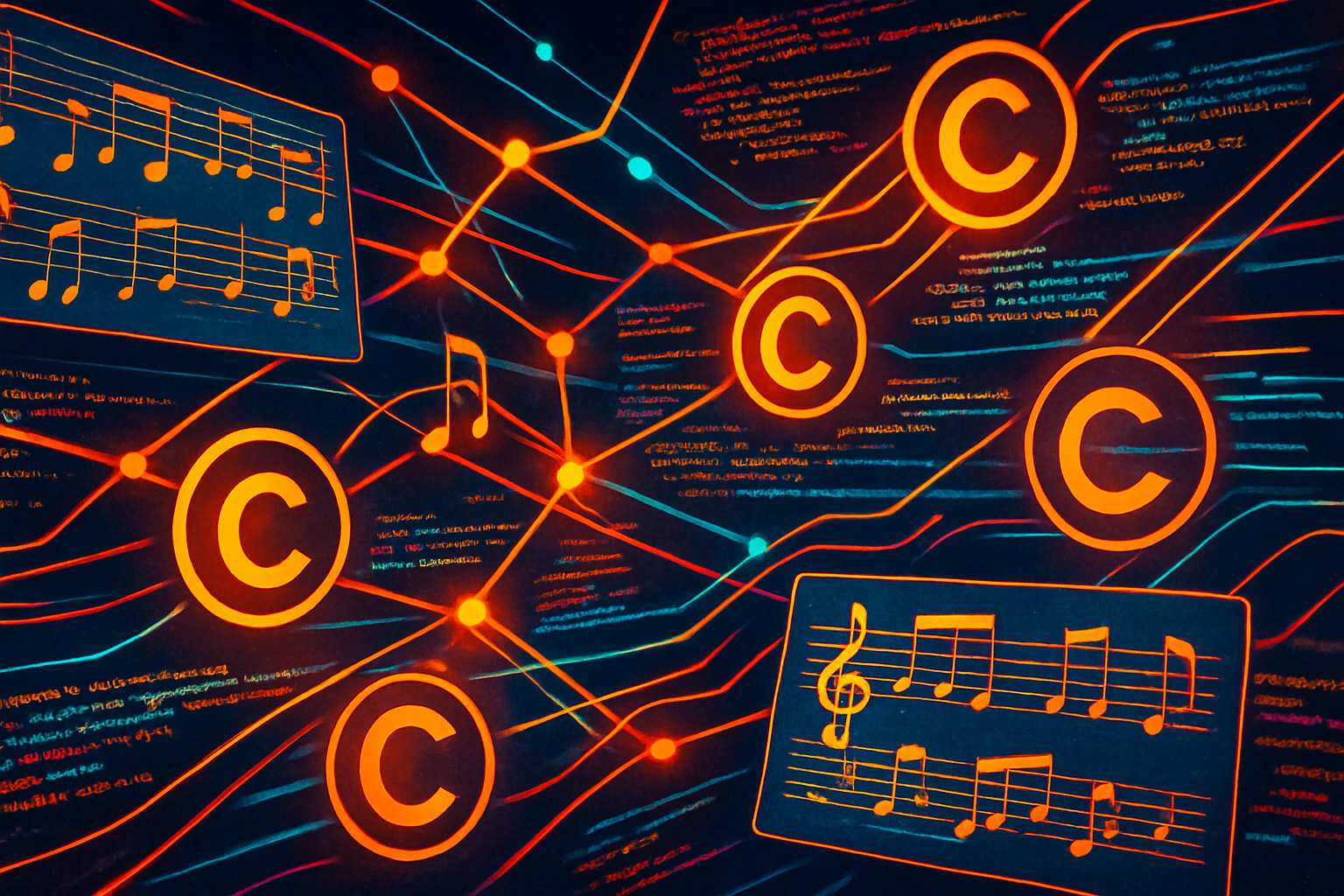
AI CERTS
1 day ago
Warner–Suno Deal Reshapes AI Era Music Licensing
This article unpacks the agreement’s terms, market context, and likely ripple effects across the wider Creative Industry. It also contrasts parallel moves by rivals and outlines open questions that executives must still resolve.

Deal Signals Industry Shift
Historically, labels sued AI music firms for unauthorized training. However, the new accord ends Warner’s suit and grants Suno licensed model rights for 2026. Reuters notes the settlement follows Udio’s similar détente, showing momentum toward negotiated frameworks. WMG leaders framed the arrangement as “a victory for the creative community.” In contrast, some artists fear increased corporate control despite promised opt-in tools.
Key facets include deprecating current models, adding artist consent features, and capping free-tier downloads. Additionally, Suno will run Songkick’s fan app, broadening its consumer footprint.
The section shows litigation giving way to partnership. Nevertheless, unresolved financial details remain opaque. These dynamics set the stage for deeper analysis in subsequent sections.
Download Caps User Reaction
Udio’s October download bans triggered social media uproar. Therefore, observers expect similar pushback once Suno’s limits arrive. Free users will stream songs only, while paid subscribers face monthly export ceilings. Moreover, extra downloads will cost additional credits.
- Udio lost thousands of paid accounts within days.
- Suno claims nearly 100 million creators, amplifying potential backlash.
- Artist groups warn restrictions may hamper creative workflows.
Consequently, community sentiment could pressure Suno to tweak policies or offer grace periods. Still, labels view caps as essential for enforcing new Music Licensing rules.
User response remains a wild card. However, predictable friction may fade once revenue sharing starts rewarding participating musicians.
Key Deal Terms Explained
The public release offers limited numbers, yet several concrete obligations stand out. Firstly, Suno will launch “licensed” models trained under negotiated datasets. Secondly, existing unlicensed versions will sunset during 2026. Thirdly, WMG gains new royalty channels tied to generated content usage.
Furthermore, artists can opt in or out of voice, likeness, and composition replication. This clause aims to placate creator concerns raised in the April 2024 open letter. Meanwhile, territorial scope appears global, though regulators may impose local adjustments.
Summarizing, the pact swaps litigation risk for structured revenue. Consequently, stakeholders gain clearer guardrails as AI audio matures.
Funding And Valuation Data
Suno’s recent $250 million Series C underpins its aggressive roadmap. The round valued the company at $2.45 billion, according to Forbes. Additionally, investors include Menlo Ventures, Lightspeed, and NVentures. Such backing impressed WMG, which seeks stable partners capable of scaling compliant solutions.
Moreover, the Songkick acquisition adds brand equity and direct fan channels. These assets may accelerate subscription growth once licensed features debut.
Numbers highlight why Warner embraced collaboration. However, future fundraising could hinge on smooth rollout and user retention.
Stakeholder Perspectives Overview
Labels praise predictable income. Artists voice mixed feelings. Producers appreciate workflow speed, yet they dislike export restrictions. Meanwhile, tech investors celebrate de-risked growth opportunities.
- Pros: new royalties, artist controls, rapid innovation.
- Cons: opaque rates, user backlash, concentration risk.
Additionally, advocacy groups push for transparent audit mechanisms. They argue that equitable splits require independent oversight. Nevertheless, both firms promise detailed dashboards before launch.
These contrasting views underscore complex trade-offs. Therefore, continuous dialogue will shape adoption and trust.
Future Policy Questions Ahead
Government agencies now study AI copyright exemptions. In contrast, private deals could pre-empt regulation by setting industry norms. However, unanswered questions persist about fair-use boundaries and derivative work definitions.
Furthermore, smaller rights-holders worry about negotiating power within expansive Music Licensing ecosystems. Legislators may demand mandatory collective bargaining frameworks.
Policy clarity will influence investor confidence. Consequently, stakeholders should monitor hearings in Washington, London, and Brussels during 2026.
Potential Market Impact
Analysts foresee three immediate effects. First, rival labels will likely ink comparable agreements, accelerating AI tool legitimacy. Secondly, platform economics may shift toward subscription-plus-royalty hybrids. Thirdly, startup valuations could hinge on robust governance credentials.
Professionals can enhance their expertise with the AI Ethics for Business™ certification. Moreover, such training supports executives tasked with balancing innovation and compliance.
Consequently, competitive advantage may favor firms that integrate ethical safeguards from inception.
These projections emphasize strategic realignment. However, execution quality will determine long-term winners.
Conclusion And Outlook
The Warner-Suno pact illustrates how negotiated Music Licensing can replace courtroom conflict. Moreover, it brings tangible benefits such as artist opt-ins, new revenue streams, and clearer rules for AI creators. Nevertheless, download caps, royalty opacity, and policy uncertainty pose real challenges. Stakeholders must collaborate transparently to sustain trust and growth.
Therefore, now is the moment to deepen knowledge of ethical frameworks and regulatory trends. Consider pursuing advanced credentials to stay ahead of evolving AI music standards.



